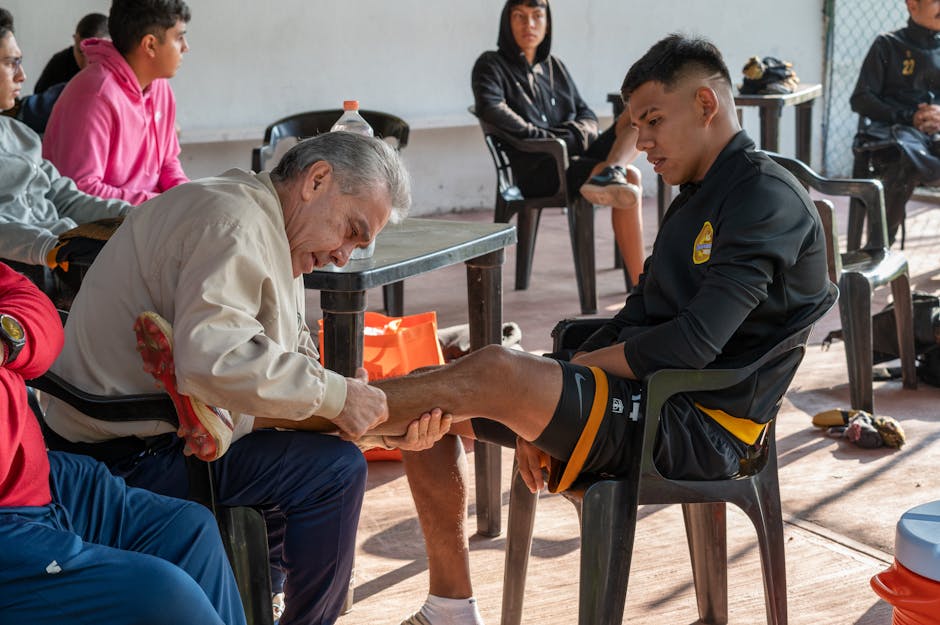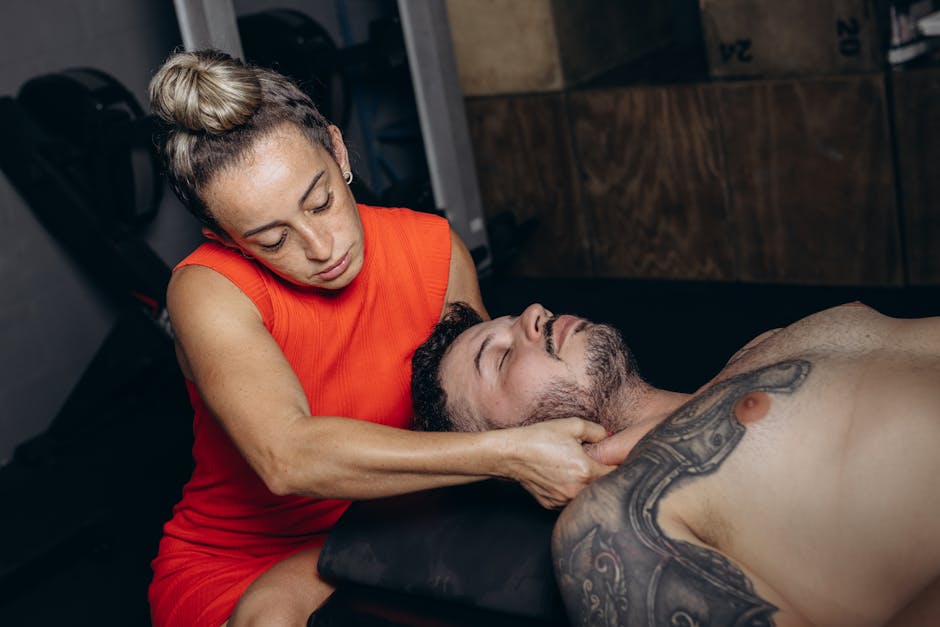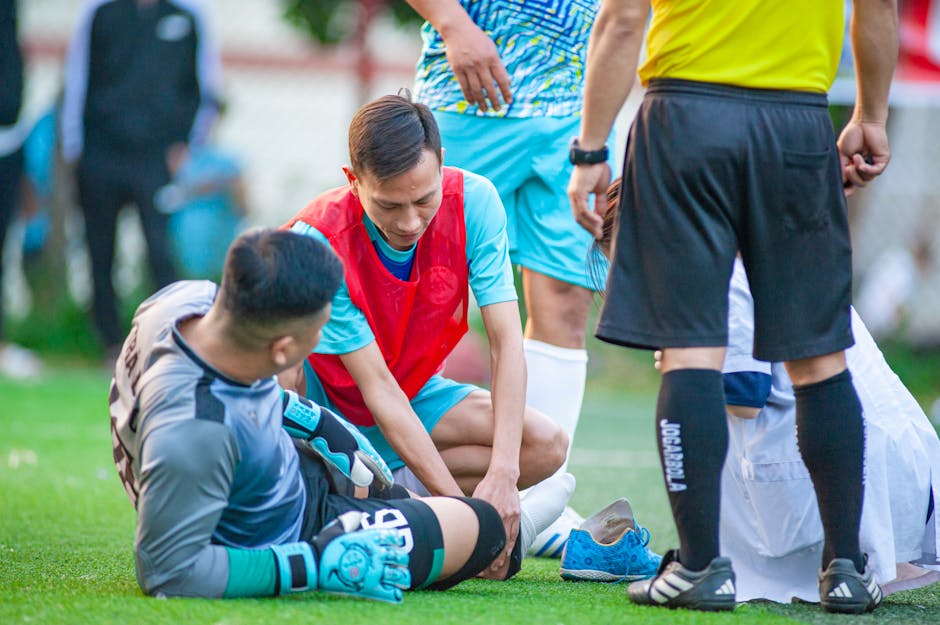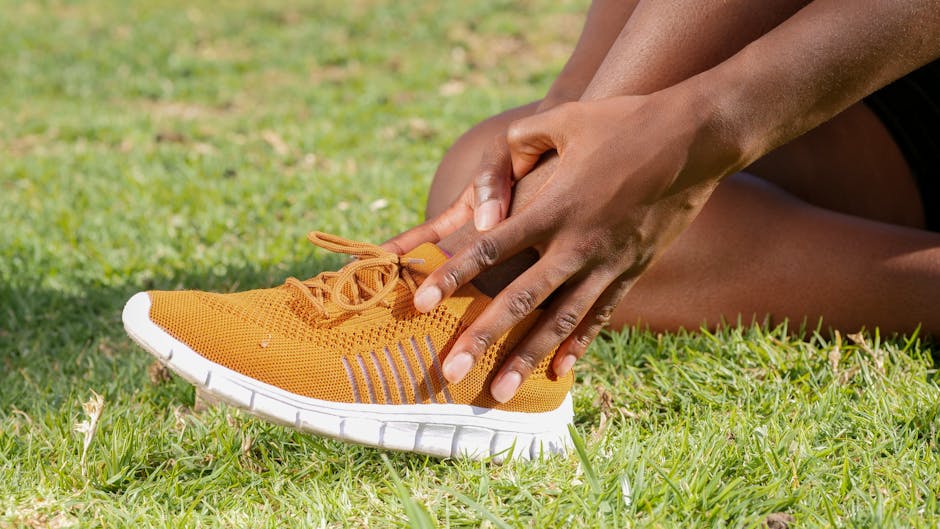The Role of Physical Therapy in Sports Injuries
Sports injuries are a common occurrence in the world of athletics, ranging from minor sprains and strains to more severe fractures and dislocations. For athletes, these injuries can be devastating, affecting their performance, careers, and overall well-being. In such cases, physical therapy plays a crucial role in the recovery process, helping athletes regain strength, mobility, and function.
Understanding Sports Injuries

Sports injuries can occur due to various reasons, including overuse, improper training techniques, lack of proper warm-up, poor conditioning, and accidents during play. These injuries can affect different parts of the body, such as muscles, tendons, ligaments, bones, and joints. Common sports injuries include sprains, strains, fractures, dislocations, concussions, and tendonitis.
When an athlete sustains an injury, it is essential to seek immediate medical attention to assess the extent of the damage and determine the appropriate course of treatment. In many cases, physical therapy is recommended as part of the rehabilitation process to help the athlete recover and return to their sport safely.
The Role of Physical Therapy

Physical therapy is a specialized form of treatment that focuses on restoring function, reducing pain, and preventing future injuries through exercises, manual therapy, and other modalities. In the context of sports injuries, physical therapy plays a vital role in helping athletes recover from their injuries, regain strength and flexibility, and return to their pre-injury level of performance.
Physical therapists work closely with athletes to develop personalized treatment plans tailored to their specific needs and goals. These plans may include a combination of exercises to improve strength, flexibility, and endurance, as well as manual therapy techniques to reduce pain and inflammation. Physical therapists also educate athletes on proper body mechanics, injury prevention strategies, and safe training practices to minimize the risk of future injuries.
One of the key benefits of physical therapy in sports injuries is its ability to address the root cause of the injury, rather than just treating the symptoms. By identifying and correcting biomechanical imbalances, muscle weaknesses, and movement dysfunctions, physical therapists can help athletes improve their overall performance and reduce the risk of re-injury.
Rehabilitation Process

The rehabilitation process for sports injuries typically begins with an initial evaluation by a physical therapist to assess the athlete’s condition, identify any impairments or limitations, and establish treatment goals. Based on this assessment, the therapist will develop a comprehensive treatment plan that may include a combination of the following components:
1. Pain Management

One of the primary goals of physical therapy in sports injuries is to manage pain and inflammation effectively. Physical therapists may use modalities such as ice, heat, ultrasound, or electrical stimulation to reduce pain and promote healing. They may also incorporate manual therapy techniques, such as massage or joint mobilizations, to alleviate muscle tension and improve circulation.
2. Range of Motion Exercises
After an injury, it is common for athletes to experience a loss of range of motion in the affected joint or muscle. Physical therapists use a variety of stretching and range of motion exercises to improve flexibility, restore normal joint movement, and prevent stiffness. These exercises help maintain the health and integrity of the soft tissues surrounding the injury site.
3. Strengthening Exercises
Building strength in the injured area and surrounding muscles is essential for the rehabilitation process. Physical therapists design specific exercises to target weak or imbalanced muscle groups, improve muscle endurance, and promote overall stability. Strength training helps athletes regain functional strength and prevent future injuries.
4. Proprioceptive Training
Proprioception refers to the body’s ability to sense its position in space and control movement. Following an injury, athletes may experience a loss of proprioception, leading to decreased balance and coordination. Physical therapists incorporate balance and proprioceptive exercises into the rehabilitation program to improve neuromuscular control, enhance stability, and reduce the risk of re-injury.
5. Functional Training
Functional training focuses on simulating the specific movements and demands of the athlete’s sport to facilitate a safe return to play. Physical therapists design sport-specific exercises that mimic the dynamic nature of the sport, challenge the athlete’s agility, speed, and power, and prepare them for the demands of competition. Functional training helps athletes regain confidence in their abilities and transition back to full activity seamlessly.
6. Return-to-Sport Progression
As athletes progress through their rehabilitation program, physical therapists closely monitor their recovery and readiness to return to sport. The return-to-sport progression involves assessing the athlete’s physical condition, functional abilities, and psychological readiness to resume full activity safely. Physical therapists work collaboratively with coaches, trainers, and other healthcare professionals to ensure a smooth and successful transition back to sport.
7. Injury Prevention Strategies
Preventing future injuries is a crucial aspect of physical therapy in sports. Physical therapists educate athletes on injury prevention strategies, proper warm-up and cool-down routines, equipment selection, and safe training practices. By empowering athletes with the knowledge and tools to protect themselves from injury, physical therapists play a pivotal role in promoting long-term health and well-being.
Expert Opinions
According to Dr. John Smith, a sports medicine physician, “Physical therapy is an essential component of the rehabilitation process for sports injuries. By addressing the underlying causes of the injury and focusing on functional recovery, physical therapists help athletes recover faster and return to their sport with confidence.”
Common Misconceptions
One common misconception about physical therapy in sports injuries is that it is only necessary for severe or chronic conditions. In reality, physical therapy can benefit athletes of all levels, from weekend warriors to professional athletes, by promoting optimal recovery, enhancing performance, and preventing future injuries.
Conclusion
In conclusion, physical therapy plays a critical role in the management and rehabilitation of sports injuries. By focusing on restoring function, reducing pain, and preventing re-injury, physical therapists help athletes recover safely and effectively. Through a combination of exercises, manual therapy, and education, physical therapy empowers athletes to regain strength, flexibility, and confidence, allowing them to return to their sport at peak performance. As the field of sports medicine continues to evolve, physical therapy remains a cornerstone of comprehensive care for athletes of all levels.




